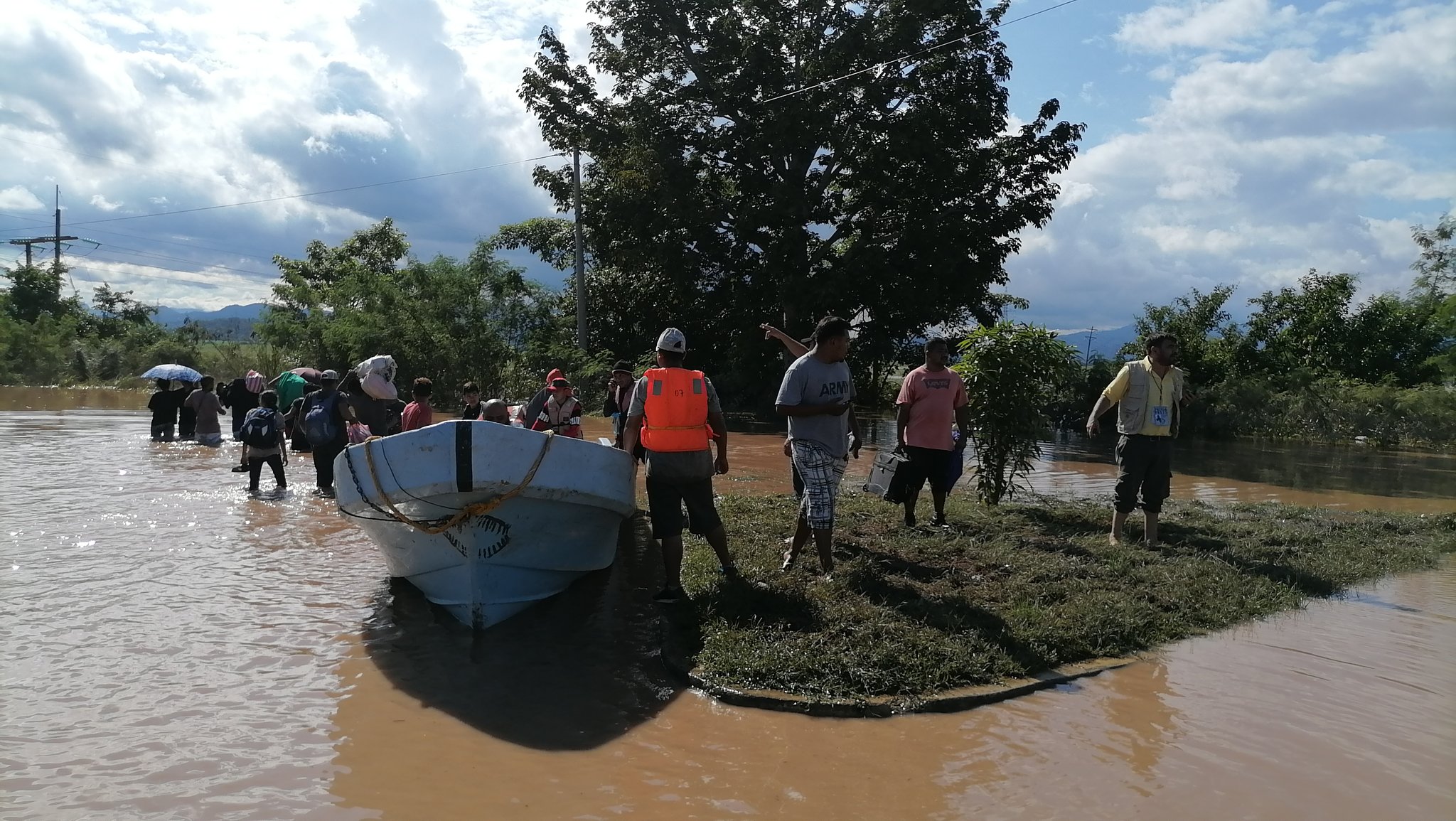Hurricane Eta, now a tropical depression, is moving north towards Florida, the US, after causing severe destruction in various Central American countries and Cuba. The US National Hurricane Center, on November 10, issued a tropical storm warning and storm surge watch for parts of Florida’s west coast. In the past 24-hours, the storm’s maximum sustained winds are near 65 mph and it has been forecasted that it will regain some strength during today and tomorrow.
Eta first hit Nicaragua as a category four hurricane on November 3. It then weakened into a tropical depression, but unleashed torrential rains in neighboring countries Honduras and Guatemala, moving through these countries on November 4 and 5. Costa Rica and Panama also experienced heavy rains. Eta passed through Belize’s coast on November 6 and through the state of Chiapas, in southeastern Mexico, on November 7. On November 8, it struck western Cuba and Lower Matecumbe Key. Eta is now swirling in the eastern Gulf of Mexico, bringing strong winds and pouring flooding rains in different parts of Florida.
Hurricane Eta’s deadly rampage through Central America killed at least 150 across the region. Guatemalan president Alejandro Giammattei reported that at least 100 people died in the country after the flooding rains and numerous landslides. In Honduras, the death toll reached 38. Mexico reported the death of 20 people and Panama reported 8 deaths. Nicaragua registered only 2 fatalities, while Cuba registered none.
The devastating storm caused catastrophic and life-threatening flash flooding and river flooding of low-lying areas, landslides and mudslides in mountainous areas and heavy winds across coastal regions. It has affected millions of people, forced the evacuation of thousands of people, damaged hundreds of homes and other infrastructures, engulfed tens of highways, bridges and roads and knocked out power in several areas of these affected countries. According to the International Federation of Red Cross and Red Crescent Societies (IFRC), more than 2.5 million people from Panama to Belize have been affected by the tropical storm Eta.
Emergency disaster plans are in place in Cuba and Mexico, and relief efforts continue in Nicaragua, Honduras and Guatemala, which have been hit the hardest so far.
However, rescue operations in Honduras and Guatemala have been slowed by destroyed roads and bridges. The relief corps are barely reaching the most affected places and thousands are still stranded on top of their houses and awaiting rescue.





